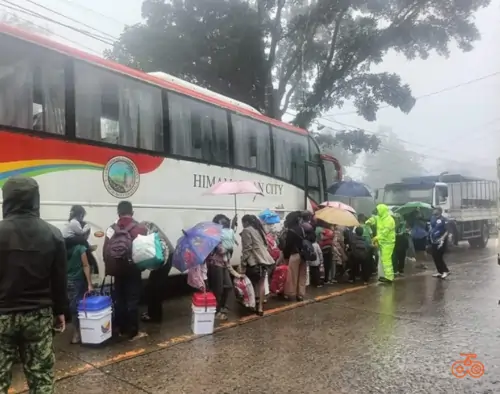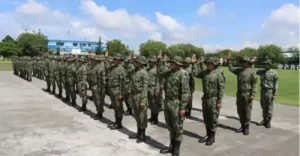
A standoff has emerged between Bago City Mayor Nicholas Yulo, La Castellana Mayor Alme Rhummyla Nicor-Mangulimutan, and national disaster authorities over the handling of evacuation protocols near the Kanlaon Volcano. This article dives into the core of the controversy, addressing the decisions made, the impact on evacuees, and the underlying concerns of the affected communities.
Kanlaon Volcano: Understanding the Danger Zone
Kanlaon Volcano, one of the most active volcanoes in the Philippines, presents significant risks to residents in its vicinity. The Philippine Institute of Volcanology and Seismology (Phivolcs) has designated a six-kilometer radius as the danger zone. Despite this, the evacuation efforts have extended beyond this perimeter, creating confusion and debate.
The Decision of Local Mayors
Bago City and La Castellana mayors decided to send 2,428 evacuees back to their homes, despite national calls to keep them in evacuation centers. The mayors argued that Phivolcs guidelines supported their decision. Mayor Yulo stated, “We need to balance safety with practicality. Keeping families away from home unnecessarily disrupts their lives.”
Mayor Nicor-Mangulimutan emphasized, “Our decision is based on ground realities and Phivolcs’ scientific assessment. Evacuation centers are temporary, not permanent solutions.”
Challenges Faced by Evacuees
Displacement and Uncertainty
- Families have been uprooted, leaving behind their homes and livelihoods.
- “We’re stuck in these centers with no clear timeline. When can we go back?” says one evacuee.
Health and Living Conditions
- Evacuation centers are overcrowded, leading to health risks.
- Parents worry about their children falling ill in cramped conditions.
Economic Strain
- Farmers face significant losses as they cannot tend to their crops.
- Small business owners are unable to operate, adding to financial stress.
What Do Residents Really Want?
Clarity and Consistency
- Residents demand clear communication from both local and national authorities.
- “Tell us the truth. Is it safe or not?” shares a barangay leader.
Safety and Stability
- Families prioritize safety but need assurance about their long-term welfare.
- “We want to know our efforts to evacuate are not in vain,” one resident pleads.
Collaboration Among Leaders
- Citizens hope for cooperation between local and national leaders.
- “This is not about who’s right. It’s about saving lives,” another evacuee stresses.
The Bigger Picture: What’s at Stake?
Trust in Leadership
Conflicting decisions risk eroding public trust in disaster management. Local leaders must align their actions with scientific recommendations to avoid confusion.
The Role of Science in Disaster Response
Phivolcs’ data remains a critical guide for evacuation protocols. Misinterpretations or deviations can lead to unnecessary risks.
Long-Term Impact on Communities
Unclear protocols disrupt livelihoods and delay recovery, compounding the emotional and financial toll on evacuees.
What Can Be Done?
Improved Communication
Authorities should create unified messages through localized channels like barangay announcements, social media, and radio broadcasts.
Transparency in Decisions
Leaders must provide clear explanations for their actions, ensuring citizens understand the rationale behind evacuation policies.
Enhanced Evacuation Support
Investments in evacuation centers—from improved facilities to better medical support—are crucial to mitigate the strain on displaced families.
Disclaimer
This article is for informational purposes only and does not substitute professional advice or official disaster management protocols. Readers are encouraged to follow local and national guidelines during emergencies.








